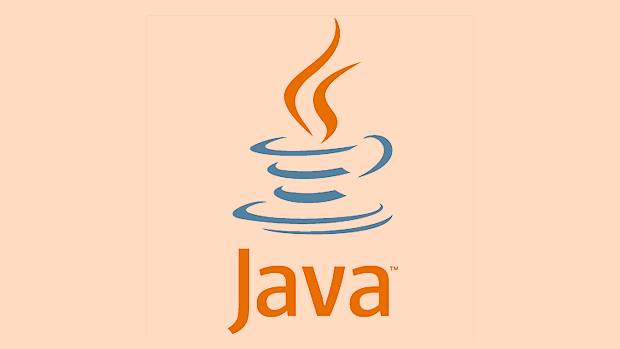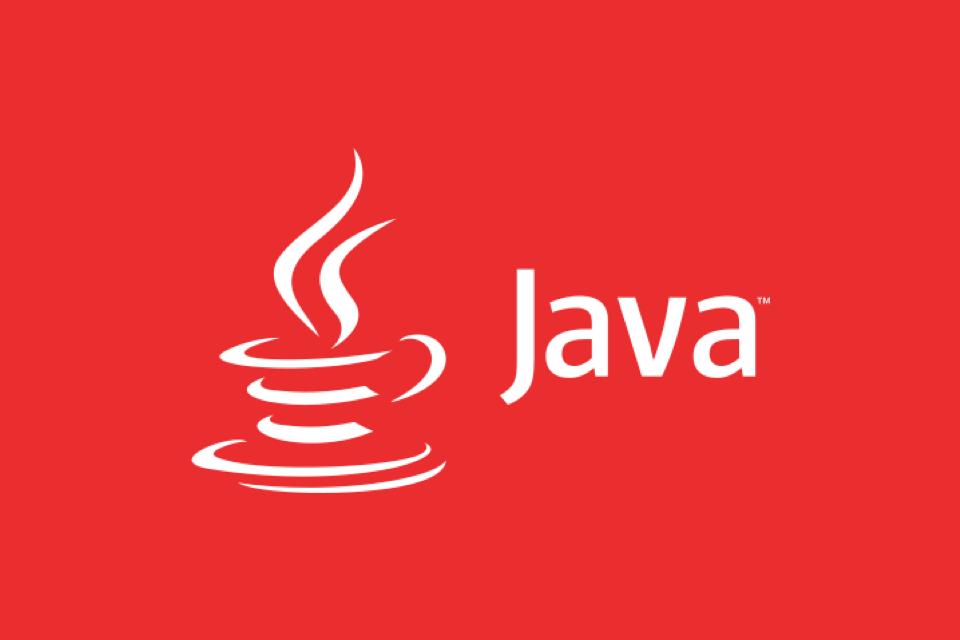A Developer's Guide to the Java Language Specification (JLS)
The Java Language Specification (JLS) is the authoritative source for understanding Java’s behavior, especially in edge cases. 1. It defines Java’s syntax, semantics, and rules formally. 2. Developers should consult it to resolve ambiguities, understand compiler behavior, generics, concurrency, and edge cases. 3. To read it effectively, know its structure: use Chapters 1–10 for core language, Chapter 14 for statements, Chapter 15 for expressions, Chapter 16 for variable assignment, and Chapter 17 for concurrency. 4. Always use the JLS version matching your Java version (e.g., JLS 17 for Java 17). 5. Search strategically using Ctrl F or Google with site:jls.java. 6. Study included examples to understand counterintuitive behaviors like post-increment results. 7. Common use cases include variable scoping (§14.4.3), method overloading resolution (§15.12.2), initialization order (§12.4, §12.5), generics (Chapters 4, 18), and lambda typing (Chapter 15). 8. Practical tips: don’t memorize, pair with JVM Spec, follow IDE hints, and consult expert discussions. The JLS transforms uncertainty into clarity and is essential for serious Java developers.

If you're a Java developer who’s ever been puzzled by why certain code behaves the way it does—especially in edge cases—the Java Language Specification (JLS) is your ultimate source of truth. It’s not a tutorial or a beginner’s guide, but the formal, authoritative definition of how the Java programming language works. Here’s a practical developer’s guide to using the JLS effectively.

What Is the Java Language Specification?
The JLS is the official document that defines the syntax, structure, and semantics of the Java programming language. It’s maintained by Oracle (originally by Sun Microsystems) and evolves alongside each new Java version. While most developers rely on tutorials, IDEs, or popular blogs, the JLS is where the rules are written—especially the ones that aren’t obvious.
Think of it like the constitution of Java: not something you read daily, but essential when you need to settle a debate or understand why the compiler rejects or accepts something.

Why Should Developers Care?
You might think: “I write code that compiles—why do I need the JLS?” But here’s when it becomes invaluable:
- Resolving ambiguity: When two Stack Overflow answers contradict each other, the JLS has the final say.
-
Understanding compiler behavior: Why does
i = i i;give the result it does? The JLS explains operator evaluation order. - Writing correct generics: The rules for type erasure, wildcards, and bounds are defined in the JLS.
-
Working with concurrency: The
volatile,synchronized, andfinalkeywords have precise memory semantics defined in the JLS (especially in Chapter 17). - Debugging weird edge cases: Like whether a lambda can capture a local variable modified after its declaration.
The JLS helps you move from “this works” to “I know why this works.”

How to Read the JLS (Without Losing Your Mind)
The JLS is dense and written in a formal tone. Here’s how to navigate it as a working developer:
1. Know the Structure
The JLS is organized into chapters:
- Chapters 1–10: Core syntax and semantics (types, variables, expressions, statements)
- Chapter 14: Blocks and statements
- Chapter 15: Expressions (critical for understanding evaluation order)
- Chapter 16: Definitely assigned variables
- Chapter 17: Threads and locks (Java Memory Model)
- Appendices: Grammar, changes, etc.
Start with the table of contents. If you’re debugging a lambda issue, jump to Chapter 15. If you’re confused about static initializers, check Chapter 8.
2. Use the Right Version
Always match the JLS version to your Java version. For example:
- Java 8 → JLS 8
- Java 11 → JLS 11
- Java 17 → JLS 17
New features (like records, pattern matching, or sealed classes) are added in their respective JLS updates.
You can find the official JLS at:
//m.sbmmt.com/link/babbb9b8ef0b89664219225840608850
3. Search Smartly
Don’t read it cover to cover. Use:
- PDF search (Ctrl F) for terms like “capture conversion,” “binary compatibility,” or “reachability.”
-
Google with
site:jls.javaor include the version (e.g., “JLS 17 lambda target type”).
4. Look for Examples
The JLS includes code examples—often illustrating tricky or counterintuitive behavior. These are gold. For instance, the spec shows why:
int x = 1; x = x ;
…leaves x as 1, not 2.
Common Use Cases Where the JLS Helps
Here are real scenarios where consulting the JLS clarifies things:
✅ Variable Scoping and Shadowing
Why can you redeclare a variable in a nested block? The JLS (§14.4.3) explains scope rules and when shadowing is allowed.
✅ Method Overloading Resolution
When multiple overloaded methods exist, which one gets picked? Chapter 15 dives into:
- Applicability (§15.12.2)
- Specificity (§15.12.2.5)
- Varargs handling
This explains why method(null) sometimes causes ambiguity.
✅ Initialization Order
Why does this code print 0?
class Test {
{ System.out.println(x); }
int x = 5;
}The JLS (§12.4, §12.5) defines class and instance initialization order—fields are initialized after instance initializers run.
✅ Generics and Type Inference
Type erasure, bridge methods, and inference in method calls (especially with lambdas) are defined in Chapters 4 and 18. Ever wonder why a generic method call needs an explicit type witness (<String>) sometimes? The JLS has the answer.
✅ Lambda and Method Reference Typing
Chapter 15 defines how lambdas are typed based on target context. It explains why:
Runnable r = () -> { };
Callable<String> c = () -> "done";…are valid, but mixing them without context fails.
Tips for Practical Use
- Don’t memorize—know where to look. You don’t need to remember every rule, just how to find it.
- Pair with the JVM Spec. For deeper runtime behavior (like bytecode), the JVM Spec complements the JLS.
- Use IDE hints as clues. When your IDE underlines something, check the JLS section it might relate to.
-
Read discussions on the
jls-devmailing list or OpenJDK forums to see how experts interpret the spec.
Final Thoughts
The JLS isn’t meant for learning Java from scratch. But once you’re past the basics, it’s an empowering tool. It turns guesswork into understanding.
You don’t need to read it like a novel—just keep it bookmarked. When something feels off, when the compiler disagrees with your intuition, or when a teammate argues about evaluation order, open the JLS.
It won’t always be easy to parse, but it will always be right.
Basically, if you're serious about Java, the JLS isn't optional—it's your backup brain.
The above is the detailed content of A Developer's Guide to the Java Language Specification (JLS). For more information, please follow other related articles on the PHP Chinese website!

Hot AI Tools

Undress AI Tool
Undress images for free

Undresser.AI Undress
AI-powered app for creating realistic nude photos

AI Clothes Remover
Online AI tool for removing clothes from photos.

Clothoff.io
AI clothes remover

Video Face Swap
Swap faces in any video effortlessly with our completely free AI face swap tool!

Hot Article

Hot Tools

Notepad++7.3.1
Easy-to-use and free code editor

SublimeText3 Chinese version
Chinese version, very easy to use

Zend Studio 13.0.1
Powerful PHP integrated development environment

Dreamweaver CS6
Visual web development tools

SublimeText3 Mac version
God-level code editing software (SublimeText3)
 How to work with Calendar in Java?
Aug 02, 2025 am 02:38 AM
How to work with Calendar in Java?
Aug 02, 2025 am 02:38 AM
Use classes in the java.time package to replace the old Date and Calendar classes; 2. Get the current date and time through LocalDate, LocalDateTime and LocalTime; 3. Create a specific date and time using the of() method; 4. Use the plus/minus method to immutably increase and decrease the time; 5. Use ZonedDateTime and ZoneId to process the time zone; 6. Format and parse date strings through DateTimeFormatter; 7. Use Instant to be compatible with the old date types when necessary; date processing in modern Java should give priority to using java.timeAPI, which provides clear, immutable and linear
 How to handle transactions in Java with JDBC?
Aug 02, 2025 pm 12:29 PM
How to handle transactions in Java with JDBC?
Aug 02, 2025 pm 12:29 PM
To correctly handle JDBC transactions, you must first turn off the automatic commit mode, then perform multiple operations, and finally commit or rollback according to the results; 1. Call conn.setAutoCommit(false) to start the transaction; 2. Execute multiple SQL operations, such as INSERT and UPDATE; 3. Call conn.commit() if all operations are successful, and call conn.rollback() if an exception occurs to ensure data consistency; at the same time, try-with-resources should be used to manage resources, properly handle exceptions and close connections to avoid connection leakage; in addition, it is recommended to use connection pools and set save points to achieve partial rollback, and keep transactions as short as possible to improve performance.
 Mastering Dependency Injection in Java with Spring and Guice
Aug 01, 2025 am 05:53 AM
Mastering Dependency Injection in Java with Spring and Guice
Aug 01, 2025 am 05:53 AM
DependencyInjection(DI)isadesignpatternwhereobjectsreceivedependenciesexternally,promotingloosecouplingandeasiertestingthroughconstructor,setter,orfieldinjection.2.SpringFrameworkusesannotationslike@Component,@Service,and@AutowiredwithJava-basedconfi
 Comparing Java Frameworks: Spring Boot vs Quarkus vs Micronaut
Aug 04, 2025 pm 12:48 PM
Comparing Java Frameworks: Spring Boot vs Quarkus vs Micronaut
Aug 04, 2025 pm 12:48 PM
Pre-formanceTartuptimeMoryusage, Quarkusandmicronautleadduetocompile-Timeprocessingandgraalvsupport, Withquarkusoftenperforminglightbetterine ServerLess scenarios.2.Thyvelopecosyste,
 Building RESTful APIs in Java with Jakarta EE
Jul 30, 2025 am 03:05 AM
Building RESTful APIs in Java with Jakarta EE
Jul 30, 2025 am 03:05 AM
SetupaMaven/GradleprojectwithJAX-RSdependencieslikeJersey;2.CreateaRESTresourceusingannotationssuchas@Pathand@GET;3.ConfiguretheapplicationviaApplicationsubclassorweb.xml;4.AddJacksonforJSONbindingbyincludingjersey-media-json-jackson;5.DeploytoaJakar
 Java Performance Optimization and Profiling Techniques
Jul 31, 2025 am 03:58 AM
Java Performance Optimization and Profiling Techniques
Jul 31, 2025 am 03:58 AM
Use performance analysis tools to locate bottlenecks, use VisualVM or JProfiler in the development and testing stage, and give priority to Async-Profiler in the production environment; 2. Reduce object creation, reuse objects, use StringBuilder to replace string splicing, and select appropriate GC strategies; 3. Optimize collection usage, select and preset initial capacity according to the scene; 4. Optimize concurrency, use concurrent collections, reduce lock granularity, and set thread pool reasonably; 5. Tune JVM parameters, set reasonable heap size and low-latency garbage collector and enable GC logs; 6. Avoid reflection at the code level, replace wrapper classes with basic types, delay initialization, and use final and static; 7. Continuous performance testing and monitoring, combined with JMH
 A Developer's Guide to Maven for Java Project Management
Jul 30, 2025 am 02:41 AM
A Developer's Guide to Maven for Java Project Management
Jul 30, 2025 am 02:41 AM
Maven is a standard tool for Java project management and construction. The answer lies in the fact that it uses pom.xml to standardize project structure, dependency management, construction lifecycle automation and plug-in extensions; 1. Use pom.xml to define groupId, artifactId, version and dependencies; 2. Master core commands such as mvnclean, compile, test, package, install and deploy; 3. Use dependencyManagement and exclusions to manage dependency versions and conflicts; 4. Organize large applications through multi-module project structure and are managed uniformly by the parent POM; 5.
 Understanding the Java Virtual Machine (JVM) Internals
Aug 01, 2025 am 06:31 AM
Understanding the Java Virtual Machine (JVM) Internals
Aug 01, 2025 am 06:31 AM
TheJVMenablesJava’s"writeonce,runanywhere"capabilitybyexecutingbytecodethroughfourmaincomponents:1.TheClassLoaderSubsystemloads,links,andinitializes.classfilesusingbootstrap,extension,andapplicationclassloaders,ensuringsecureandlazyclassloa







